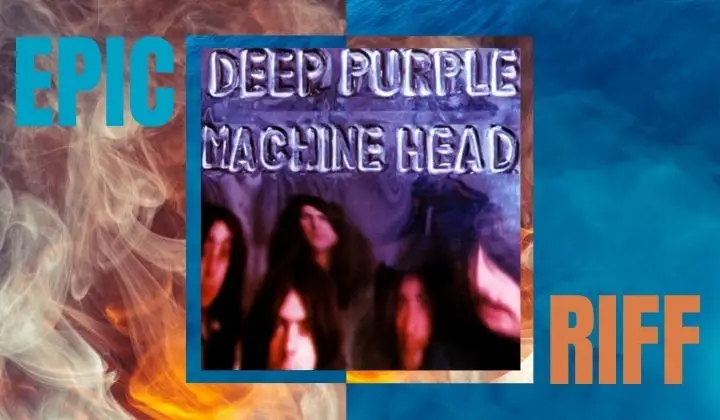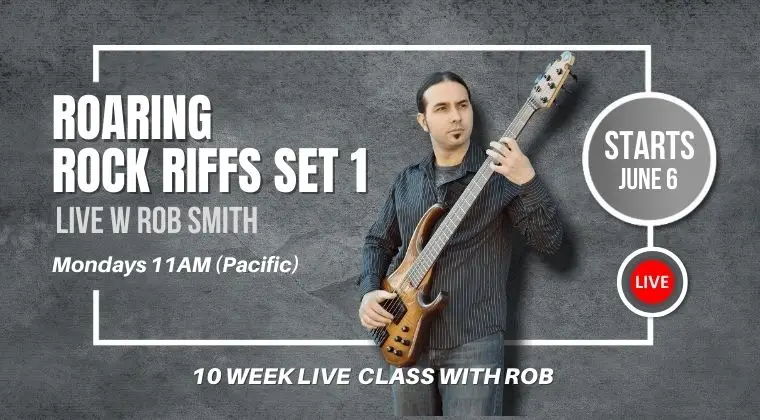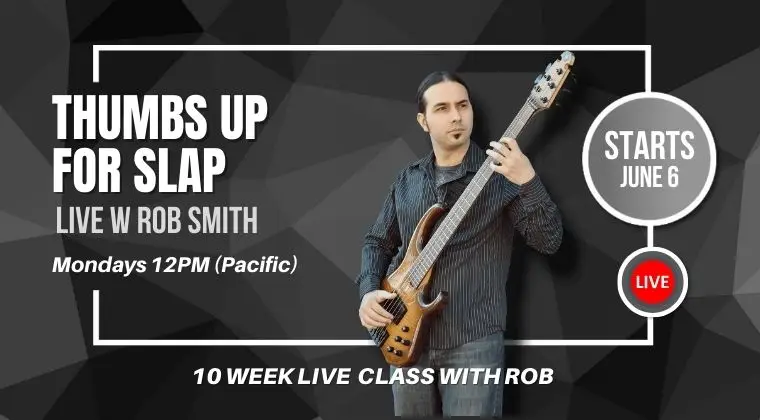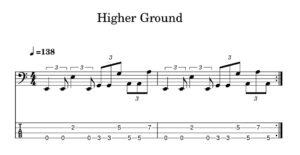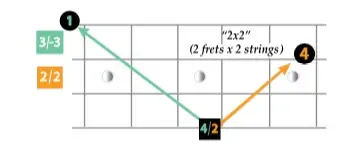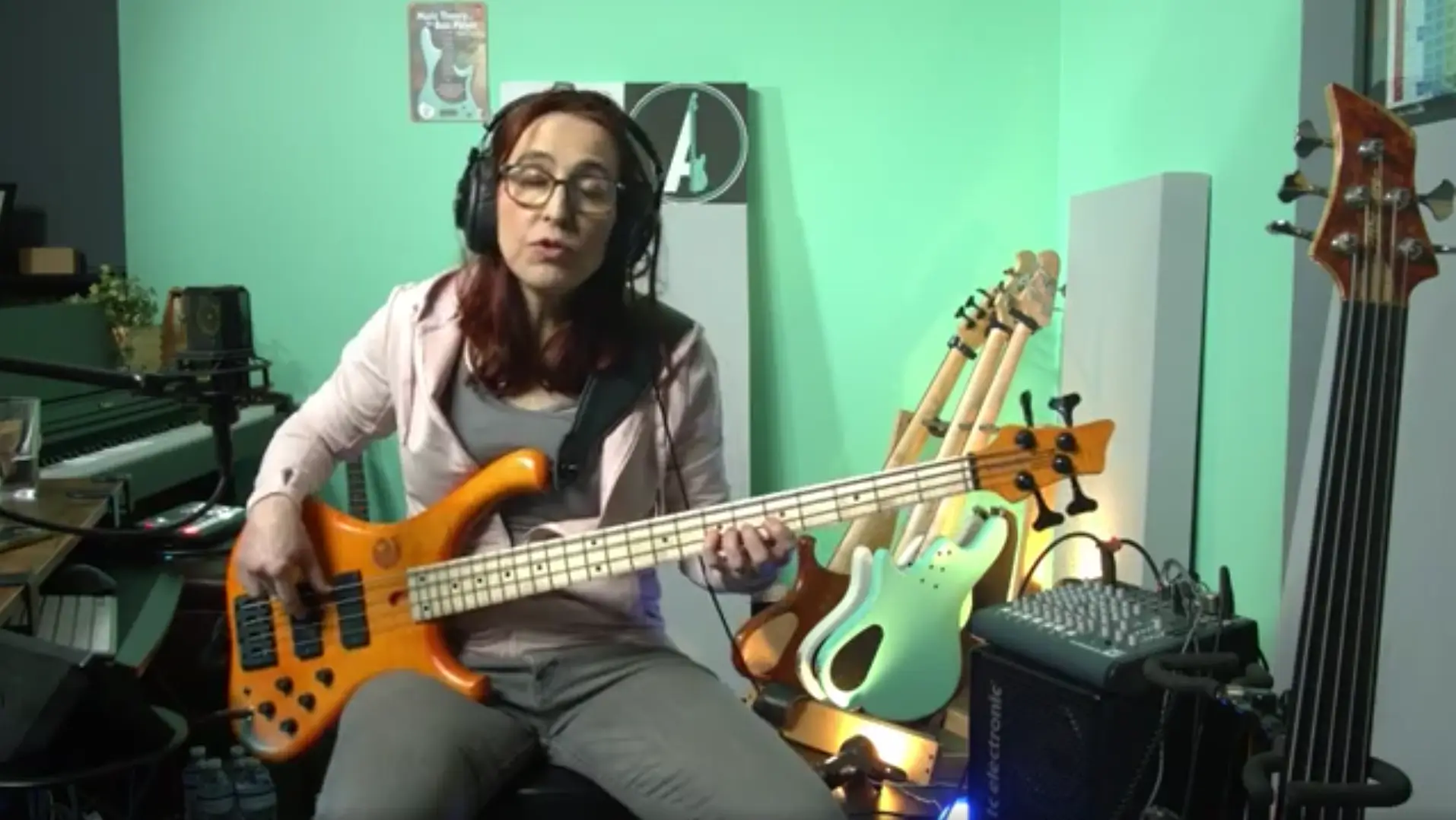So what’s a riff?
Songs that sound like Smoke on the Water usually feature a catchy riff. I don’t know about you, but when I think of the word “riff” I hear distorted guitars in my head, it’s something powerful (not wimpy!), repeating, catchy and cool!
A riff is a repeated chord progression or refrain in music; it is a pattern, or melody, often played by the rhythm section instruments or solo instrument, that forms the basis or accompaniment of a musical composition.
Though riffs are most often found in rock music, heavy metal music, Latin, funk, and jazz, classical music is also sometimes based on a riff, such as Ravel's Boléro.
Riffs can be as simple as a tenor saxophone honking a simple, catchy rhythmic figure, or as complex as the riff-based variations in the head arrangements played by the Count Basie Orchestra.
David Brackett defines riffs as "short melodic phrases", while Richard Middleton defines them as "short rhythmic, melodic, or harmonic figures repeated to form a structural framework".
Rikky Rooksby states: "A riff is a short, repeated, memorable musical phrase, often pitched low on the guitar, which focuses much of the energy and excitement of a rock song."
Okay, I am on board with all of that. Also: riffs are super fun to play. Rock pose? check!!
You will never guess where this riff originated from
Deep Purple’s Smoke on the Water sure is an example for a truly iconic rock riff:
Check out the guitar chords – voiced in inverted fifths – moving in a catchy rhythm (at first on the beat, then syncopated, same thing, but on the off beats) are simply unforgettable. The way the band builds the riff is remarkable, too:
Guitar starts
Add sixteenth note highhat
Add snare on 2 and 4
Add pumping eighth note bass line that pedals on the G and only follows the chords in the later part
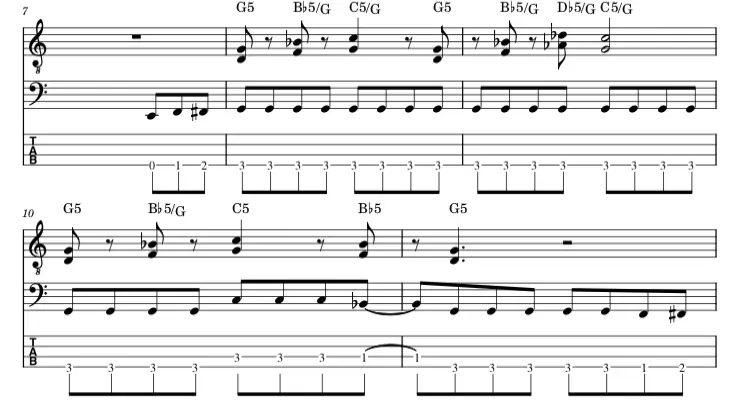
A burning riff, for sure. But you know what else is burning? Lake Geneva! Songs that sound like “smoke on the water” and “fire in the sky” tell the story of the Montreux Casino (“gambling house” in the lyrics) having been set on fire by “some stupid with a flare gun” during a Frank Zappa and The Mothers of Invention concert.
Check this out - Hear it to believe it
Much speculation abounds about the origins of the riff. Richie Blackmore stated at one point in an interview it was Beethoven’s Fifth backwards – which it really is not. What it however resembles remarkably closely is this lovely bossa nova by Astrud Gilberto… Wait for it at the ten second mark…
The band was listening to all types of music including bossa and Jazz during that time… maybe it seeped into Richie’s unconscious. Just like the title of the song which came to bassist Roger Clover in a dream…
What is your favorite riff?
Let us know in the comments.
Join Rob Smith teaching you some of his favorite Riffs!
Cool Live Classes starting June 6th!

